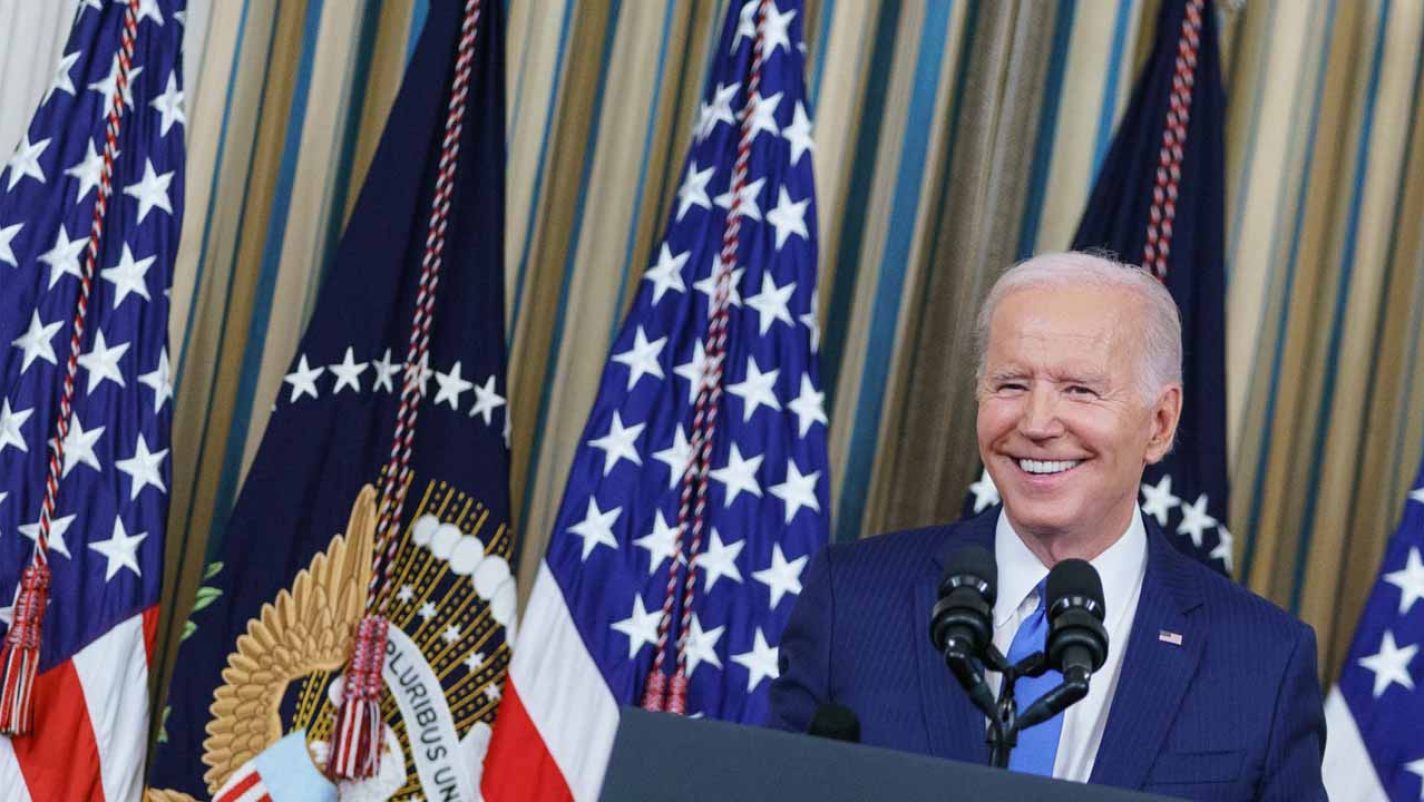
Is Prime Minister Modi Watching As India Hits Worst Economy In 42 Years?
The only real debate about India’s economy is exactly when things were as bad as they are in 2020.
From some vantage points, the 5% inflation-adjusted growth expected for the fiscal year ending in March is the lowest since 2013. In nominal terms, though, the 7.5% rate being projected would be the worst since 1978. Now for the really bad news: even these figures could be overly optimistic given the headwinds bearing down on the second-most-populous nation.
The data reflect the what of where India finds itself 67 months after Narendra Modi came to power pledging a sweeping turnaround. It’s high time for a frank discussion about why 2020 is turning into a shaky period for Asia’s No. 3 economy.
Modi rose to power in 2014 promising to supersize the “Gujarat model” that brought him to national prominence. His 14 years running that western state morphed Modi into a folk hero. On his watch, Gujarat often produced growth faster than the national average, fewer regulations, better infrastructure and less corruption. Voters elected Modi to bring those policies to New Delhi.
The populist did put some wins on the scoreboard. Modi announced plans to cut bureaucracy and opened sectors like aviation, defense and insurance to increased foreign investment. Passing a national goods-and-services tax was no small feat. Then Modi largely rested on his laurels, shelving deeper reforms amid healthy global growth.
Now the trade war is sending ever bigger headwinds India’s way. The fallout from U.S. President Donald Trump’s tariffs was limited enough to enable Modi to win a second five-year term in May, but the collateral damage is increasing.
India would be growing faster if Modi had acted more boldly to upend vested interests. Modi, for example, punted on the truly epochal reforms India needs to compete and become more inclusive: changes to laws on labor, land and taxation. The government slow-walked efforts to clean up a banking system awash in bad loans.
Then there are the self-inflicted wounds. A poorly executed move to take all high-denomination banknotes from circulation to attack graft shoulder-checked the economy. A botched GST rollout confused corporate chieftains and actually depressed tax revenues.
Modi’s geopolitical gambits haven’t just put India in the global headlines for the wrong reasons. They’ve distracted his team from its economic-upgrade mandate. Modi’s shock move in August to strip Muslim-majority Kashmir of its special status was positively Trumpian. A controversial citizenship law that excludes Muslims is fueling protests around the nation.
Allies were left aghast in November when Modi scrapped a giant trade deal. Joining the Regional Comprehensive Economic Partnership would’ve increased India’s attractiveness to foreign investors. Reformers see the move as an economic own-goal driven more by impulse than strategy.
These episodes are worth considering because they suggest Modi the populist rabble-rouser will dominate his second term, not the economic change agent most voters wanted. That’s just fine by certain parts of Modi’s base. It’s his Hindu nationalism that wins Modi such passionate support among certain constituencies.
Will that support be there, though, if Modi’s distraction delivers a “Hindu rate of growth” instead? The reference here is to the low annual growth rates India produced prior to a liberalization push in 1991. One reason such chatter stings: the leader Modi replaced in 2014, Manmohan Singh, was the early 1990s finance minister who carried out India’s market opening.
The mere suggestion Modi’s India is going full circle—back to the tepid-growth days of the 1970s—is a bitter pill to swallow. Even if it does end up being hyperbole, there can be little doubt India isn’t where Modi boosters thought it would be in 2020.
It’s clear what India needs to do: deregulate, and fast. In other words, dust off the Gujarat model voters thought they were getting and get to work. Instead, New Delhi has relied on the Reserve Bank of India for monetary jolts to paper over fiscal-policy complacency. In fact, Modi is on his third RBI governor at this point.
In September 2016, Modi dumped globally respected economist Raghuram Rajan, but his repalcement Urjit Patel, it turned out, wasn’t compliant enough and by December 2018 was replaced by Shaktikanta Das. Since then, Das has steadily cut benchmark rates.
That, however, took pressure off Modi’s government to do its job. It’s the political equivalent of human nature: it’s always easier to add liquidity than remove barriers to growth and efficiency. Look no further than the Philippines and South Korea these days. Yet all that largess takes the onus off India’s banks, particularly state-owned ones, to write down distressed assets.
It also reduces the urgency to get India back on the road toward greater competitiveness and prosperity. This path back to 1978 is the last thing an ambitious nation of 1.3 billion people wants.
About Author
Discover more from BillionBill
Subscribe to get the latest posts sent to your email.


